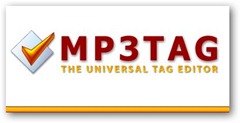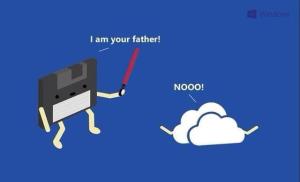https://en.wikipedia.org/wiki/Amazon_Prime_Air
http://www.amazon.com/b?node=8037720011
Amazon Prime Air is a conceptual drone-based delivery system currently in development by Amazon.com.
On December 1, 2013, Amazon.com CEO Jeff Bezos revealed plans for Amazon Prime Air in an interview on 60 Minutes. Amazon Prime Air will use multirotor Miniature Unmanned Air Vehicle (Miniature UAV, otherwise known as drone) technology to autonomously fly individual packages to customers’ doorsteps within 30 minutes of ordering.[1]To qualify for 30 minute delivery, the order must be less than five pounds (2.26 kg), must be small enough to fit in the cargo box that the craft will carry, and must have a delivery location within a ten-mile radius of a participating Amazon order fulfillment center.[1] 86% of packages sold by Amazon fit the weight qualification of the program.
Regulations
Presently, the biggest hurdle facing Amazon Prime Air is that commercial use of UAV technology is not yet legal in the United States.[2] In the FAA Modernization and Reform Act of 2012, Congress issued the Federal Aviation Administration a deadline of September 30, 2015 to accomplish a “safe integration of civil unmanned aircraft systems into the national airspace system.”[3]
In March 2015 the US Federal Aviation Administration (FAA) granted Amazon permission to begin US testing of a prototype. The company responded by claiming that the vehicle cleared for use was obsolete. In April 2015, the agency allowed the company to begin testing its current models. In the interim, the company had begun testing at a secret Canadian site 2,000 ft (610 m) from the US border.[4]
The agency mandated that Amazon’s drones fly no higher than 400 ft (122 m), no faster than 100 mph (161 km/h), and remain within the pilot’s line of sight. These rules are consistent with a proposed set of FAA guidelines. Ultimately, Amazon hopes to operate in a slice of airspace above 200 ft (61 m) and beneath 500 ft (152 m), with 500 ft being where general aviation begins. It plans to fly drones weighing a maximum of 55 lb (25 kg) within a 10 mi (16 km) radius of its warehouses, at speeds of up to 50 mph (80.5 km/h) with packages weighing up to 5 lb (2.26 kg) in tow.[5]
Public concerns
Public concerns regarding this technology include public safety, privacy, and package security issues.[2] Amazon states that “Safety will be our top priority, and our vehicles will be built with multiple redundancies and designed to commercial aviation standards.”[6] However, while privacy and security remain concerns, the FAA’s recently proposed rules for small UAS operations and certifications only provides provisions on its technical and functional aspects.[7]
The fact that the drone’s navigational airspace exists below 500 feet is a big step toward safety management.[8]
Privacy
Concerns over the constant connection of the drones to the internet raises concerns over personal privacy. The primary purpose of drone internet connection will be to manage flight controls and communication between drones.[9] However, the extent of Amazon’s data collection from the drones is unclear.[10] Some proposed data inputs include automated object detection, GPS surveillance, gigapixel cameras, and enhanced image resolution.[11] Because of this, Amazon’s operating center will collect unknown amounts of information, both intentionally and unintentionally, throughout the delivery process. Neither Amazon or the FAA has formed a clear policy on the management of this data.


